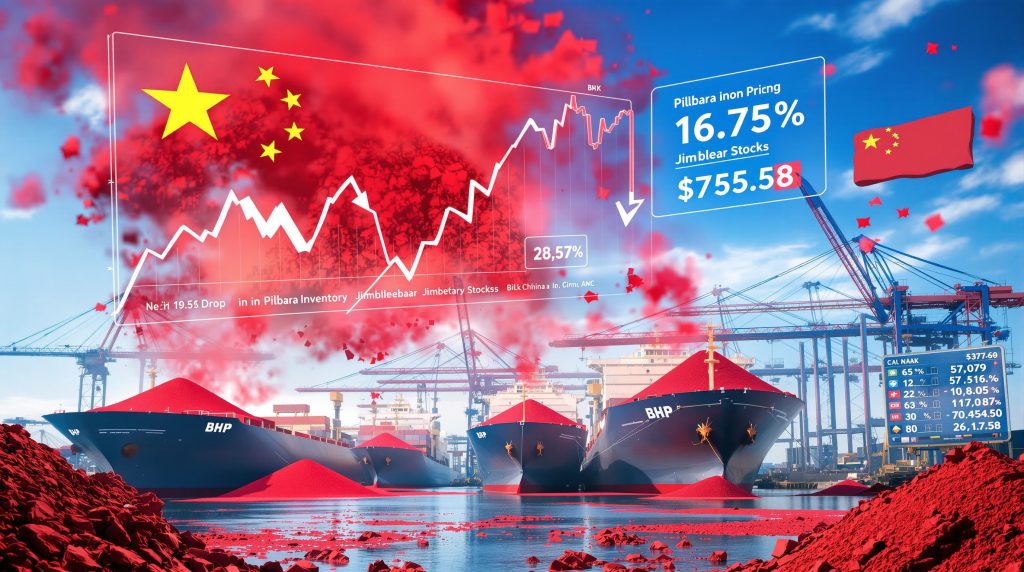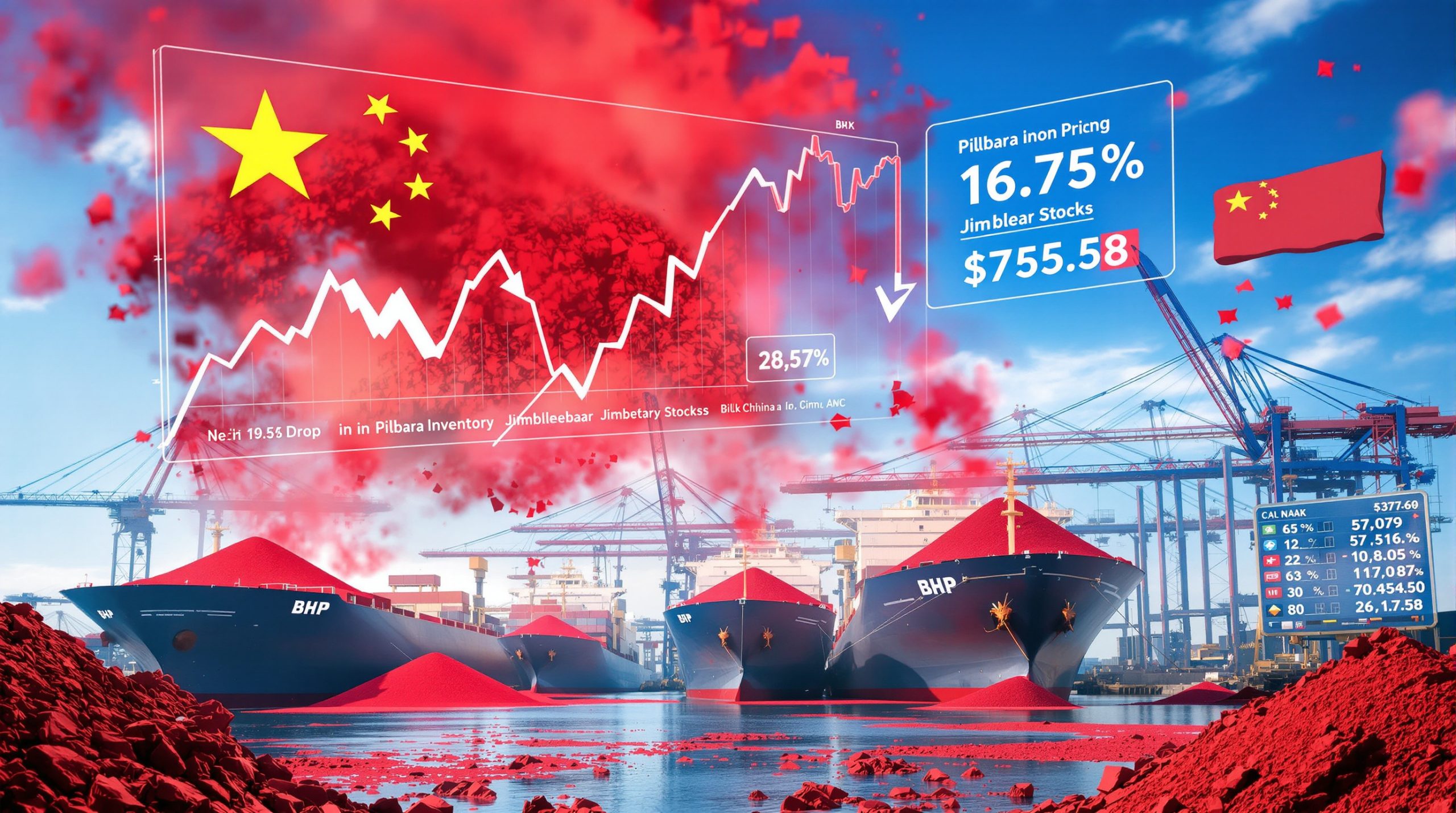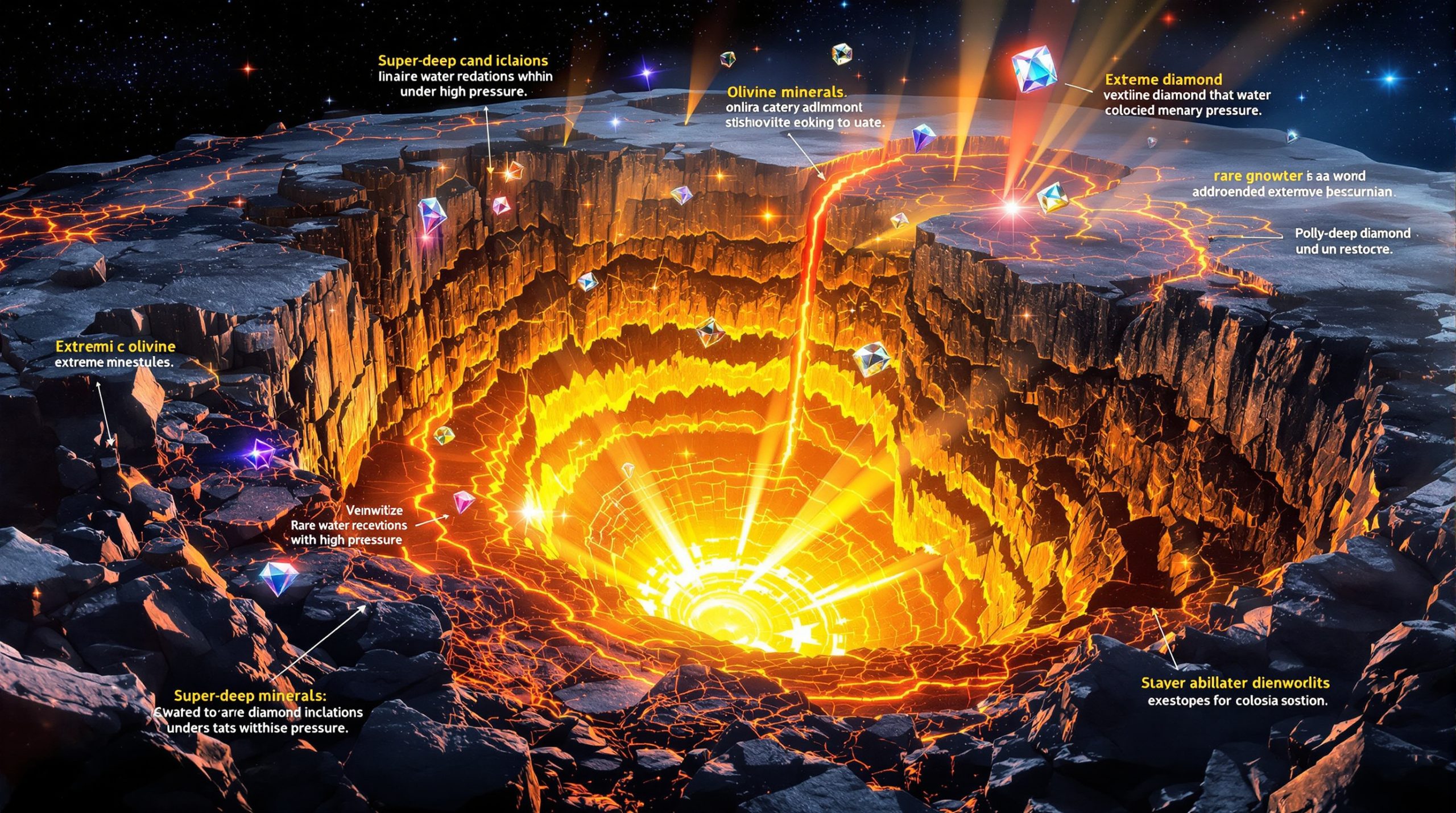What Structural Market Factors Are Shaping the China–BHP Iron Ore Standoff?
The global steel sector has experienced notable shifts, not least due to the ongoing stand-off between China iron ore buyer and BHP. Iron ore underpins global economic and industrial development, and its supply chains are evolving rapidly. Furthermore, market participants now face new complexities amid changing trade practices.
Industry Context: Iron Ore’s Global Supply Chains and Strategic Players
Iron ore remains foundational to the steel sector, powering economic growth and industrialisation worldwide. Australia’s prolific deposits, particularly in the Pilbara region, have positioned it as the top exporter. Major miners, such as BHP and Rio Tinto, dominate global seaborne supply chains.
Traditionally, steel mills and traders purchased ore independently. However, the creation of China Mineral Resources Group (CMRG) in 2022 shifted this model. This centralisation increased China’s leverage in price negotiations. In addition, industries are closely watching this stand-off between China iron ore buyer and BHP as negotiations continue.
Annual Contract Negotiations and Market Dynamics
Annual contract talks regulate import volumes, pricing models, and market predictability. Disputes during these discussions can alter product flows, inventory balances, and price signals immediately. For instance, recent negotiations have affected both operational decisions and market sentiment significantly.
Key Supply Chain Linkages and Bottlenecks
The journey of iron ore from mines like Jimblebar and Pilbara to Chinese steel mills is highly intricate. Portside inventories fluctuate, influenced by policy shifts, freight disruptions, and evolving procurement strategies.
A change in buying patterns can escalate into tight supplies and price surges. Consequently, substitution between ore varieties may generate overstock risks. This situation underscores the delicate balance maintained throughout supply chains.
Comparative Data Overview:
• Jimblebar Fines experienced a 156% increase in portside inventories.
• Pilbara Blend dropped by 40% to 6.5 million tons.
• BHP and Rio Tinto remain the primary global suppliers.
How Has the Negotiation Deadlock Impacted Supply, Demand, and Pricing?
Chinese Buyer Strategies and BHP’s Response
In September 2025, CMRG directed buyers to halt purchase of BHP’s Jimblebar Blend Fines during FY26 contract talks. While BHP confirmed ongoing discussions, it refrained from further comment. Chinese mills quickly pivoted to Rio Tinto’s Pilbara Blend Fines. This move reflects emerging mining demand insights as buyers seek alternatives.
Meanwhile, industry observers note that such shifts influence market sentiment, driving uncertainty. The stand-off between China iron ore buyer and BHP remains a pivotal factor in these negotiations.
Inventory Effects: Substitution-Driven Drawdown and Overstock
The supply chain effects of the directive were immediate and measurable. Portside inventories of Pilbara Blend Fines dropped by approximately 40% from mid-September to 6.5 million tons by mid-November. In contrast, Jimblebar Blend Fines stocks surged by 156% as buying remained frozen.
These diverging trends underscore substitution demand and the looming risk of overstock at BHP.
Price Evolution Amid Diverging Supply Signals
Iron ore futures have defied typical demand-driven declines. Notably, the DCIOcv1 contract closed at 791.5 yuan per metric ton ($111.23/mt) on 19 November 2025. Prices jumped 3% month-on-month and marked an 8.4% increase year-to-date.
Furthermore, some analysts attribute this trend to tightening inventories, as reflected in iron ore price trends.
Step-by-Step Market Chain Reaction:
- Negotiations began with CMRG instructing buyers to freeze Jimblebar purchases.
- Buyers substituted with Pilbara Blend Fines amid limited inventories.
- Market tightening was sensed, driving prices up even as steel output dropped.
Impact on Chinese Steel Mills’ Operations and Profitability
Changing Margins and Cargo Preferences
Steel mills have felt the pressure of rising costs and falling profit margins. According to Mysteel consultancy, only 39% of Chinese steel mills were profitable by mid-November 2025—a significant drop from 55% a month earlier.
Mills have increasingly opted for medium-grade cargoes like Pilbara Blend Fines to improve cost efficiency and manage production risks. Bad weather in northern China further compounded these challenges.
Logistical Shifts and Operational Adjustments
Recent developments have also prompted operational adjustments. For example, improved safety measures via resumed iron haulage have enhanced port-side management. Transitioning between cargo types necessitates agile responses and dynamic planning.
How Inventory Dynamics Influence Steelmakers’ Behaviour
Inventory constraints have reshaped decision-making at steel mills. When Pilbara Blend Fines run low, mills scramble to source alternatives—often at higher prices.
Bullet-point summaries of key observations include:
• Substitution risks escalating costs.
• Overstock in Jimblebar may force steep discounts.
• Pricing volatility remains a persistent concern.
The current stand-off between China iron ore buyer and BHP continues to drive these market dynamics.
Comparative Analysis: How Does This Stand-Off Affect BHP, Rio Tinto, and Market Share?
Strategic Positioning of Major Producers
The recent tensions have triggered sharp operational and commercial imbalances. BHP faces a build-up of unsold Jimblebar inventory, which accounts for around one-quarter of its production. This situation ties up working capital and delays revenue.
Conversely, Rio Tinto benefits from rising demand for Pilbara Blend Fines. Their swift inventory clearance could enable them to capture transient market share. Experts argue that BHP’s strategic pivot might partly offset these disparities.
Historical Insights and Market Response
Past market disruptions provide useful context for today’s scenario. For instance, the 2010 titanic debates between Chinese steel groups and international miners fostered lasting changes in contract structures. In addition, recent market responses suggest that this current stand-off between China iron ore buyer and BHP may serve as a precursor to broader industry shifts.
Case Study: Notable Precedents and Outcome Trends
Comparative data from previous events illustrate that market responses often involve:
• A dramatic price spike.
• Substantial shifts in inventory balances.
• Lasting changes to contract frameworks.
These outcomes remind stakeholders to approach current negotiations with caution.
What Strategic Scenarios Could Shift the Iron Ore Market Going Forward?
Scenario Modelling: Possible Outcomes and Their Market Implications
Several scenarios could emerge from the ongoing tensions:
-
Persistent Stalemate:
• Prolonged deadlock may deplete Pilbara Blend inventories further.
• Prices could soar, increasing substitution risks. -
Negotiated Resolution:
• An agreement may rebalance inventories and stabilise prices.
• However, established contract terms might set long-lasting precedents. -
Alternative Sourcing:
• Supply challenges might push companies to smaller suppliers or domestic recycling.
• Technical shifts in production could occur to accommodate alternate ore types.
Furthermore, each scenario carries implications for near-term profit margins and longer-term supply relationships. Some industry reports, including a recent analysis titled market resilience analysis, offer valuable perspectives on these developments.
Policy, ESG, and Regulatory Considerations
Centralised procurement, as demonstrated by CMRG, could well become a blueprint for other commodity sectors. However, this approach brings inherent risks such as reduced market flexibility and increased geopolitical tensions.
Key concerns include:
• ESG Impacts:
Elevated carbon intensities due to longer shipping routes and substitution issues.
• Trade Policy:
New tariffs or quotas may emerge, disrupting established contract equilibria.
These factors will influence how quickly the market adapts to new trading modalities and regulatory environments.
Frequently Asked Questions (FAQ) on the China–BHP Iron Ore Negotiation and Market Effects
Why did China centralise iron ore purchases under CMRG?
Established in 2022, CMRG’s goal was to unify purchasing and strengthen bargaining power with international miners.
Which iron ore types are most affected and what are the implications for steel quality?
BHP’s Jimblebar Blend Fines have been completely frozen, while mills increasingly opt for Rio Tinto’s Pilbara Blend Fines to balance cost and quality.
How do these disruptions affect global construction and manufacturing?
Price volatility in iron ore can result in higher steel costs, impacting budgets and project timelines worldwide.
Could similar stand-offs occur in other resource sectors?
It is possible that centralised procurement models may trigger comparable negotiations or supply disruptions for commodities like coal or lithium.
Conclusion: Strategic Market Watch—Will the Stand-Off Reshape Iron Ore Trade Norms?
The stand-off between China iron ore buyer and BHP is reshaping trade norms, procurement strategies, and risk allocation across the sector. This evolving situation reflects broader trends in resource management and signals a significant mining industry evolution.
For investors, the tension introduces both opportunity and threat. Future commodity procurement across minerals, metals, and energy sectors must adapt to changes driven by centralised purchasing methods. Ultimately, the stand-off between China iron ore buyer and BHP challenges industry stability and prompts strategic re-evaluation at every level.
Interested In Immediate Market Alerts On Mineral Discoveries?
Discovery Alert offers real-time notifications of significant ASX mineral discoveries, powered by the innovative Discovery IQ model. Discover the historic returns of major findings on our discoveries page and experience how quick and informed decisions can provide a market-leading edge.




